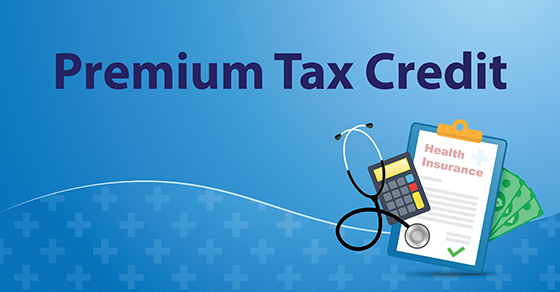Tax Briefs 
Click here to go back
Changes to premium tax credit could increase penalty risk for some businesses

The premium tax credit (PTC) is a refundable credit that helps individuals and families pay for insurance obtained from a Health Insurance Marketplace (commonly known as an “Exchange”). A provision of the Affordable Care Act (ACA) created the credit.
The American Rescue Plan Act (ARPA), signed into law in March 2021, made several significant enhancements to the PTC. Although these changes expand access to the credit for individuals and families, they could increase the risk of some businesses incurring an ACA penalty.
More eligible people
Under pre-ARPA law, individuals with household income above 400% of the federal poverty line (FPL) were ineligible for the PTC. Under ARPA, for 2021 and 2022, the PTC is available to taxpayers with household incomes that exceed 400% of the FPL. This change will increase the number of PTC-eligible people.
For example, a 45-year-old single person earning $58,000 in 2021 (450% of FPL) would have been ineligible for the PTC under pre-ARPA law. Under ARPA, that individual is eligible for a PTC of about $1,250.
Lower income cap
The PTC is calculated on a sliding scale based on household income, expressed as a percentage of the FPL. The amount of the credit is limited to the excess of the premiums for the applicable benchmark plan over the taxpayer’s required share of those premiums. The required share comes from a table divided into income tiers.
Because the required share is less under the new tables for 2021 and 2022 than it otherwise would have been, the PTC will be greater. Under pre-ARPA law, a taxpayer might have had to spend as much as 9.83% of household income in 2021 on health insurance premiums. Under ARPA, that amount is capped at 8.5% for 2021 and 2022.
More penalty exposure
As mentioned, the expanded PTC will help individuals and families obtain coverage through a Health Insurance Marketplace. However, because applicable large employers (ALEs) potentially face shared responsibility penalties if full-time employees receive PTCs, expanded eligibility could increase penalty exposure for ALEs that don’t offer affordable, minimum-value coverage to all full-time employees as mandated under the ACA.
An employer’s size, for ACA purposes, is determined in any given year by its number of employees in the previous year. Generally, if your company had 50 or more full-time or full-time equivalent employees on average during the previous year, you’ll be considered an ALE for the current calendar year. A full-time employee is someone employed on average at least 30 hours of service per week.
Assess your risk
If your business is an ALE, be sure you’re aware of this development when designing or revising your employer-provided health care benefits. Should you decide to add staff this year, keep an eye on the tipping point of when you could become an ALE. Our firm can further explain the ARPA’s premium tax credit provisions and help you determine whether you qualify as an ALE — or may soon will.









